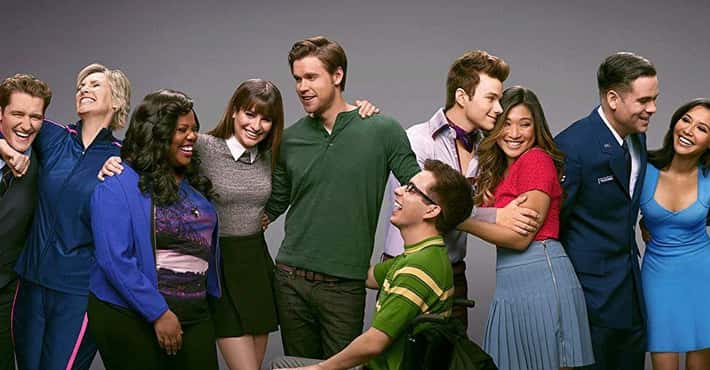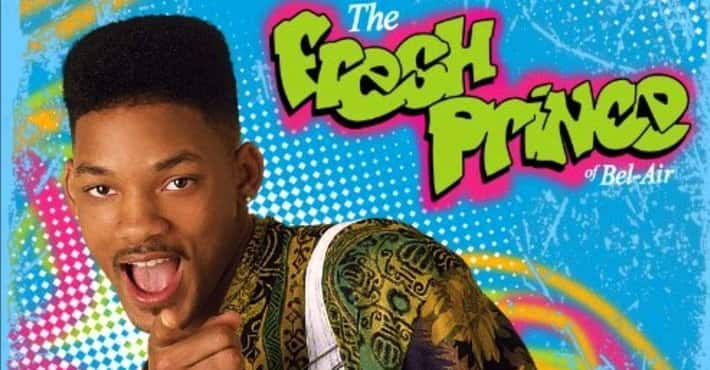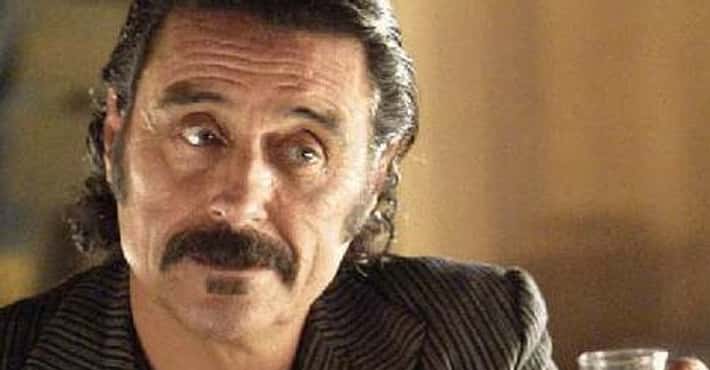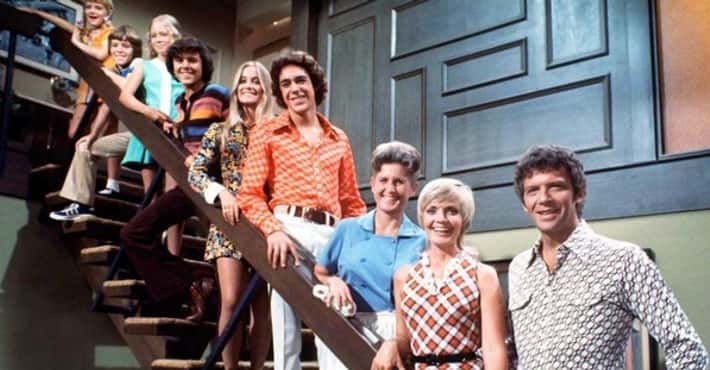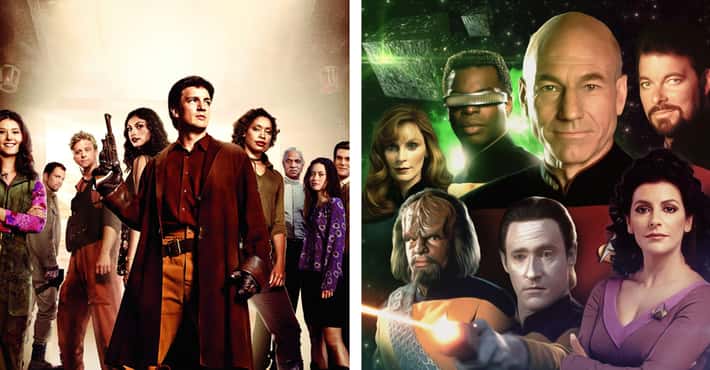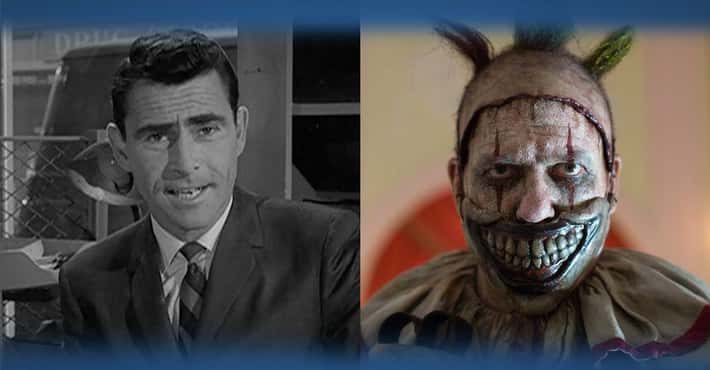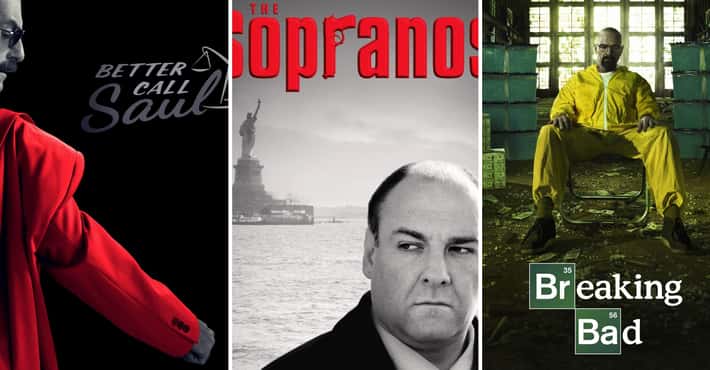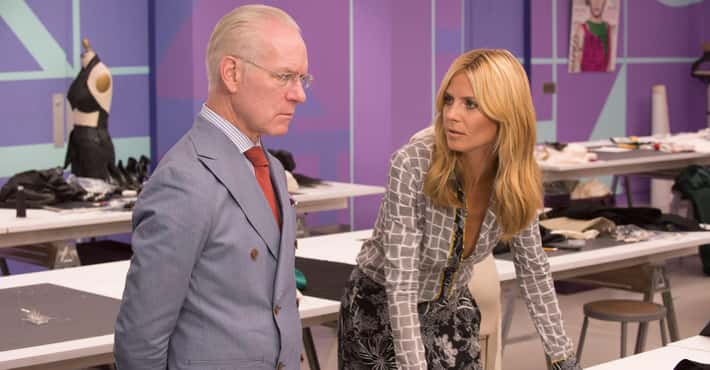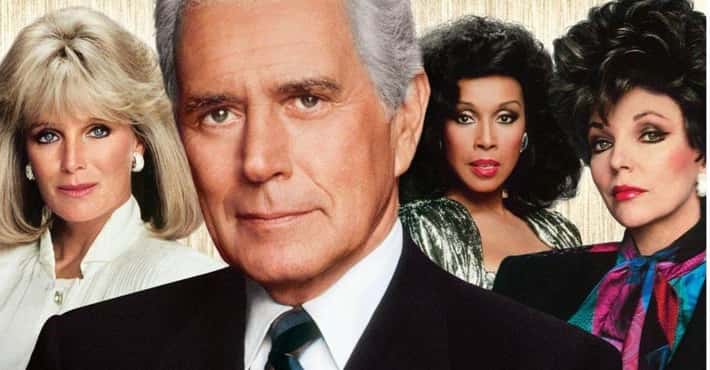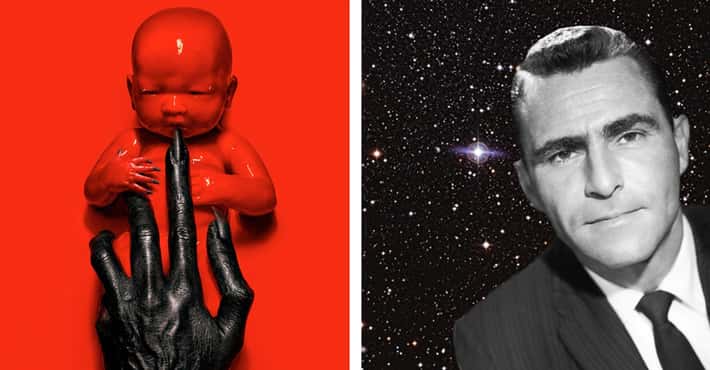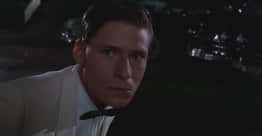16 Enchanting Facts About Xena: Warrior Princess Most Fans Don't Know
Lucy Lawless Wasn't The First Pick For The Title Role
Photo: NBCAs impossible it is to imagine, the producers originally chose a different actress to play the Warrior Princess. Vanessa Angel, who’s probably best known for her role in the TV show Weird Science (not the movie), was originally cast in the title role.
Unfortunately for Angel, she became ill just before she was supposed to fly out to New Zealand. Angel’s illness kept her from traveling, and ultimately the role went to the incomparable Lucy Lawless.
Xena’s Stunt Double Was The Bride’s Double In Kill Bill
Photo: flickr / CC0For most of Xena's run, the Warrior Princess was doubled by Zoe Bell, who would go on to do the stunts for Uma Thurman in Kill Bill and later star in several of Tarantino's films. Lawless has been quoted as saying, “Xena is half Zoe,” which is understandable given the amount of stunts required for each hour-long episode. Bell began to double for Lawless when she was 17 years old, and remained with the show until its final episode three years later.
The End Credits Sequence Had A Sneaky Running Gag
Photo: NBCThroughout the show’s run, Xena's crew included funny disclaimers within almost every episode’s end credits. Some examples include:
“Once again, Gabrielle's luck with men was harmed during the making of this motion picture.”
“The musical genre was not harmed during the production of this motion picture. In fact, the Producers sincerely hope you were A-MUSE-D by this episode.”
“Neither Xena nor her remarkably coincidental identical twin, Diana, were harmed during the production of this motion picture.”Renne O'Connor Wasn't The First Choice For Gabrielle
Photo: NBCAn actress named Sunny Doench was offered the role of Gabrielle, but she passed so she could stay in America with her boyfriend (Xena, of course, was filmed in New Zealand). The producers then offered the part to Renne O'Connor, and now it's hard to imagine it being any other way.
O'Connor had actually already appeared on Hercules in a different role, but this issue was never addressed in continuity. Doench didn't wind up acting much in the '90s, but during the 2000s she scored a few guest spots on Beverly Hills, 90210.
Xena’s Chakram Is A Real Weapon
Photo: NBCXena’s chakram, which is almost as well-known as her outfit and her terror-inducing battle cry, is a real weapon which dates back to 2nd century BCE India. The throwing weapon is traditionally made of steel or brass and can be thrown up to 60 meters.
The way it’s used on the show is slightly different than how the chakram is traditionally wielded and thrown, however. Warriors would carry up to seven chakrams on their arms and would throw the weapon by twirling it around their index finger before hurling it at their target with a sharp flick of their wrist.
Lucy Lawless Fell Off A Horse And Fractured Her Pelvis
Photo: NBCWhile filming a bit for Jay Leno’s Tonight Show, Lucy Lawless fell off a horse and fractured her pelvis in multiple areas. It took her months to be able to move like she used to, but the second season was still in production. With its star severely injured, the show had to rewrite episodes to focus on guest stars and supporting characters.
They even had two, multiple-episode arcs in which Xena swaps bodies with recurring characters Autolycus and Callisto. But, every bit as fierce as her character, once she was completely healed Lawless got back on her (literal and metaphorical) horse and continued to kick ass.
Quentin Tarantino Is A Huge Fan
Tarantino has repeatedly sung the praises of Xena. In an interview for the documentary Double Dare, which focused on stuntwomen Zoe Bell and Jeannie Epper, Tarantino said the following about the show: “Xena has no apologies. Xena is a really cool show. It’s got cool characters. Lucy Lawless is terrific in it. I love that girl who plays Callisto, and the action in it is a lot of fun. The scripts are really good. There’s really cool storytelling going on. The backstory of Xena’s character is quite magnificent.”
He goes on to do some in-depth character analysis on Xena’s redemption arc and compares her to Clint Eastwood’s character in Unforgiven.
The Show Paid Homage To Hong Kong Action Films
Photo: Tristar PicturesOne of the show's co-producers, Robert Tapert, was a huge fan of Hong Kong action films, and his love for the genre left a big mark on the series. Xena had many kung fu-style fight scenes and exaggerated sound effects, life the whooshing noise made by the characters’ movements and their weapons.
Some of the show’s most popular fight sequences were inspired by movies like Once Upon a Time in China and The Bride with White Hair. For example, the memorable ladder fight scene between Xena and Callisto is largely influenced by a similar scene in Once Upon a Time in China.
The Show Was Progressive For Its Time
Photo: NBCMost people are aware of the romance between Xena and Gabrielle. While it was primarily subtext, the two did refer to each other as "soulmates" and even shared several emotionally charged hugs and kisses. Their love for one another should be celebrated, but the show was progressive in myriad other ways that often go unmentioned.
Although the show wasn’t perfect, it celebrated diversity and inclusiveness. In addition to casting several female leads, it featured a community of strong women of varying backgrounds who often sought to empower one another.
The Show Was Produced By Sam Raimi, The Creator Of The Evil Dead
Photo: NBCXena was co-produced by Sam Raimi, the creator of the Evil Dead series and the director of the original Spiderman trilogy. Raimi is a fan of bringing familiar talent onto his productions and has consistently cast Lucy Lawless, Bruce Campbell, and his brother Ted Raimi in many of his projects.
The Show Had Not One, But Two Musical Episodes
Photo: NBCBefore musicals became a trope across television series, Xena aired its first musical episode in 1998 with “The Bitter Suite.” The episode featured key developments within the season’s arc, and is widely regarded as one of the series’ best episodes.
In addition to being a strong hour of storytelling, it also had moving musical numbers, earning the show’s composer two Emmy nominations for his work on the episode. Ted Raimi, Kevin Smith, and Lucy Lawless (who studied opera in college), performed their own songs. The second musical episode was called “Lyre, Lyre” and was a lighter, more comical episode than “The Bitter Suite.”
The Show Was Shot In New Zealand
Photo: NBCMost people know New Zealand as Middle Earth, but before the country’s beautiful landscapes became the backdrop for Lord of the Rings, New Zealand was home to Hercules, Xena, and Young Hercules.
Although the show was shot in New Zealand, it was meant for American and international consumption, so the accents of the locally cast actors had to go. The show’s producers decided that a Southern Californian accent should be the cast’s standard. This is why so many of the gods in the show speak fluent Valley Girl.
The Theme Song Is Bulgarian
Photo: NBCOne of the most memorable and beloved elements of Xena is its music, particularly its epic and powerful theme song. The song is a combination of the composer (Joe LoDuca’s), original work and a Bulgarian folk song called “Kafal sviri.” Many of the choral themes within the show are borrowed from songs performed by the Bulgarian State Radio & Television Female Vocal Choir.
The theme song’s lyrics translate as follows: “The Warrior Princess rides alone. Her past drives her from shame. Against the forces of a dark world she fights for good, not for fame. Horns sound her coming, blare her name. Make way the Warrior! Cheer! Drums beat a rhythm. Let villains beware; the Warrior Princess is here!”
The Show Has A Lot Of Familiar Faces
Photo: NBCMany actors who appeared on Xena (and Hercules) went on to work in the Lord of the Rings trilogy, which was also filmed in New Zealand. The actor who played Borias, Marton Csokas, played Celeborn in LotR. Karl Urban, who played Eomer in LotR, played a number of roles on Xena, including Cupid and Caesar.
Other noteworthy actors include Gina Torres from Firefly, who played Cleopatra on the show, and Roy Dotrice from Game of Thrones, who played Zeus on Xena and Hercules.
Xena First Appeared On The Show Hercules
Photo: NBCMost casual fans are aware of the epic Hercules and Xena crossover episodes that occurred over both series’ lengthy runs, but some fans might have forgotten that Lucy Lawless first appeared on the movie-pilot of Hercules called Hercules and the Amazon Woman.
In the TV movie, Lawless played an Amazon warrior name Lysia. Later, in the first season of Hercules, Lawless would play a woman called Lyla. Finally, in another Season 1 episode, Lawless would play the character she would become best known for. At that point in her narrative, however, Xena was still a warlord.
Both Hercules and Xena had a habit of recasting the same actors to play multiple roles, as was the case with Karl Urban’s characters. The shows, particularly Xena, also had a lot of lookalikes who would appear throughout the series.
The Show Had To Deal With Controversy Regarding Its Depiction Of Hinduism
Photo: NBCThe world of Xena eventually evolved beyond its Greco-Roman roots, and began to incorporate elements of other ancient religions. One episode, "The Way," interpreted elements of Hinduism as major plot points, prompting the showrunners to add a disclaimer at the beginning of the episode and a tag at the end to clarify and explain their intentions.
Controversy surrounded the episode before it even aired, with rumors that Xena beat up a Hindu deity, and that Lord Krishna was depicted inappropriately. After "The Way" ran, however, most critics recognized that the producers clearly worked hard to depict Hinduism in a nuanced and respectful way.


















